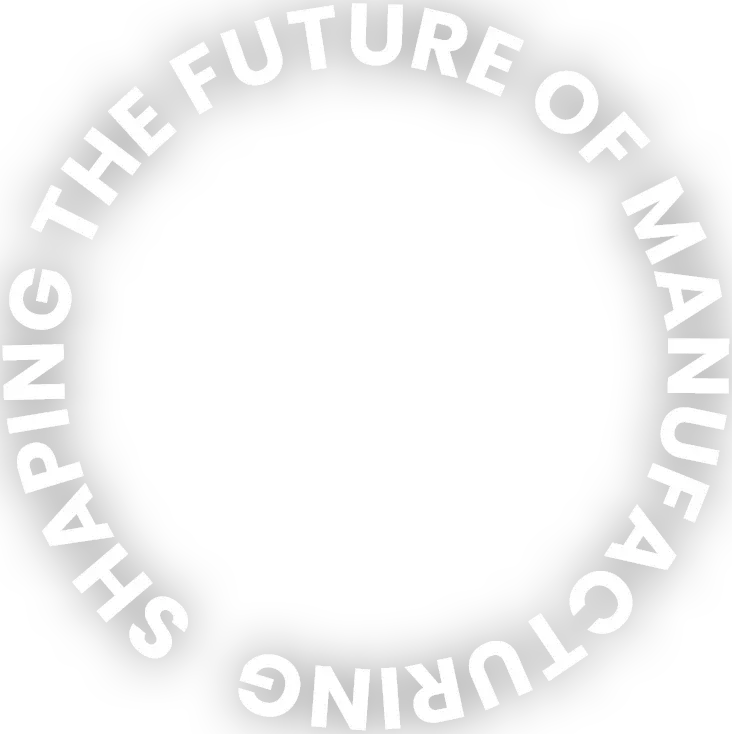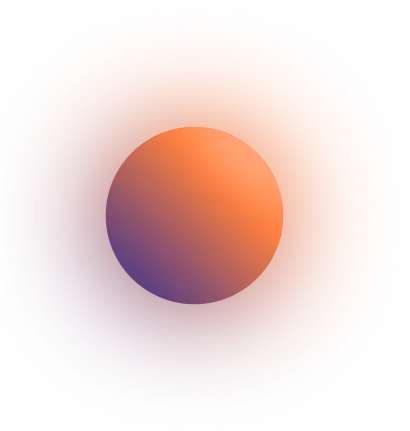The Challenge: Broken, Glued, and Still Needs to Be Right
This part arrived damaged literally. Some features were missing, and others were glued back together, which naturally showed up in the scan as deformation and excess material.
From a reverse engineering perspective, that meant we couldn’t rely on simple extraction. The data was messy, inconsistent, and had areas that needed to be completely rebuilt from scratch.

Inside Geomagic Design X: How We Made It Work
Here’s how we approached it in Design X to solve the challenges:
- Excess glue & non-manifold edges captured in the scan. Solution: Health Wizard → Fix Non-Manifold, Remove Spikes < 0.05 mm, plus targeted Brush Smoothing on adhesive blobs.
- Datum lost due to warpage. Solution: Align → 3-Point Alignment to re-establish the coordinate frame, rejecting regions warped > 0.1 mm RMS.
- Clips broken or completely missing. Solution: Section Sketch to grab the best intact profile → Mirror → Extrude Boss (8 mm, 1° draft) with 0.8 mm fillets to match OEM spec.
- Free-form pocket badly deformed. Solution: Exact Surface (global tol 0.08 mm) followed by Trim/Extend to knit new surface seamlessly into the solid body.
- Need an editable parametric model, not just a dumb solid. Solution: Capture every feature in the Design Tree and push it via LiveTransfer → SOLIDWORKS for full downstream editability.
- Accuracy must stay within ±0.15 mm. Solution: Run Accuracy Analyzer (3-color deviation map); iterate until ≥ 97 % of main fitting points fall inside spec, then finalize with Check CAD Body and export STEP/SLDPRT.

This is Not Just Another AI Post
Everything we share in Mesh2Model is based on real cases we’ve worked on. No AI-generated fluff. Just honest, practical experience from the workshop and the screen, because that’s what this community deserves.







